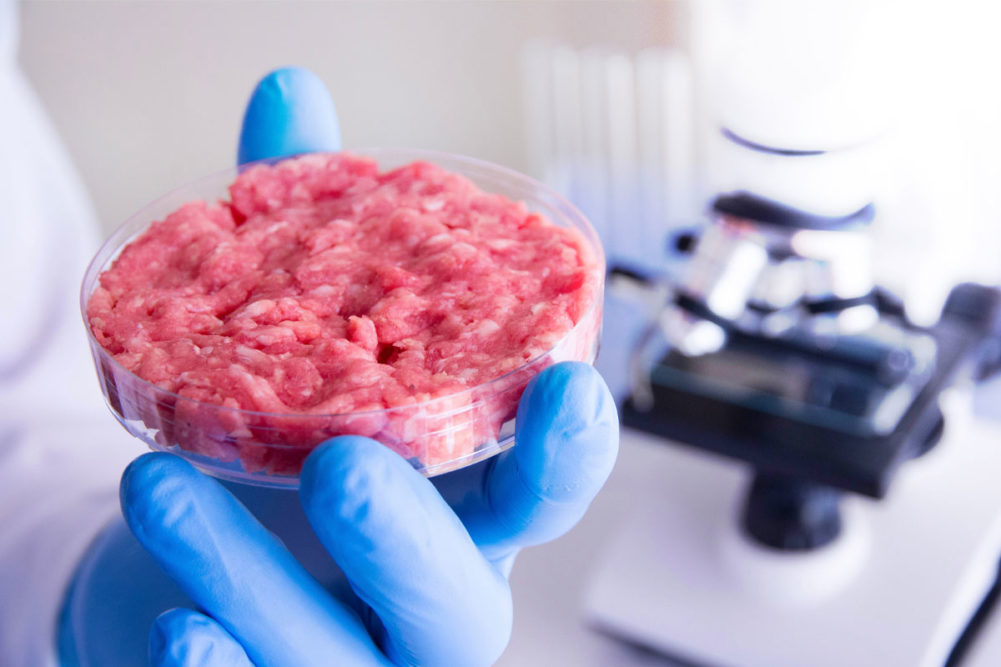BOSTON — Cultivated meat scientists are concentrating on the role precursors play in developing flavor, along with the impact of cell media and cooking on taste, according to speakers at Tufts University’s second annual Cellular Agriculture Innovation Day.
The panel series featured several experts from the cultivated meat industry discussing some of the major focus areas in cellular agriculture, including flavor development and infrastructure needs.
Morgan Rease, a scientific and culinary consultant, described how the food science process relies on a multitude of variables to create a satisfying consumer experience.
“Whether it be flavor, aroma, texture, all these things are the kind of culmination and confluence of a lot of different factors, whether they be chemical, physical and environmental, for a food product,” Rease said. “That final experience you have is going to be determined by how that lump of stuff is physically structured, the size of different things, how well those different components can interact with each other, environmental factors like heat, temperature, moisture (and) oxygen. All those things will play out in how something smells, tastes, whether it is good or bad.”
Within cultivated meat production, food scientists have homed in on the importance of specific amino acids and fatty acids. The amino and fatty acid compounds serve as flavor precursors which influence the taste of the final product after it has undergone cooking. Fatty acids hold a particularly crucial position for cultivated meats, as they differentiate flavors between specific meat types.
“When we talk about cultivated meat, you won’t be able to generate the flavor during the cultivation process, what you have to ensure is that all these precursor compounds are in the final product,” said Lutz Grossmann, assistant professor in the food science department at the University of Massachusetts Amherst. “You need to have, for example, heme iron. Heme iron is essential for the flavor development during the cooking and during the fermentation processes because the iron in the heme protein is kind of a kick starter for all different types of chemical reactions, and these chemical reactions then generate all of these flavor compounds.”
In addition to precursors, the cell media cultivated products are grown in can also play a role in developing flavor. Rease explained the influence of media by likening the process to marinating conventional meat.
“If your media, just on its own tastes bad, it’s full of a bunch of oxidized lipids and salts and stuff that are bitter that you don’t want to eat, then those are still going to be there,” Rease said. “Media needs to at least be neutral if not delicious on its own.”
The panelists also emphasized the contribution that different cooking techniques have on a product’s flavor outcome.
“We know we can cook using different methods, it could be cooked on a pan, it could be grilled, boiled, and there are different flavor compounds that come out depending on the cooking method you use,” said Kartheek Anekella, former head of food science at biotechnology firm Orbillion Bio. “So that also becomes a key piece when you’re designing from the beginning of the process, the cell type you choose, the media you choose and what precursors are being generated during the cultivation process.”


